How best to use minced kitchen scraps
greenepastures
10 years ago
Related Stories
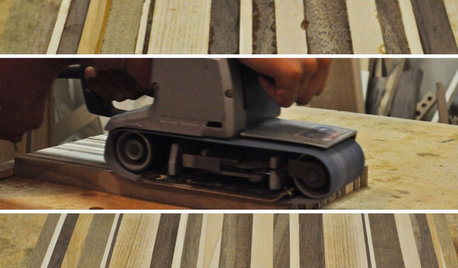
DIY PROJECTSFashion a High-Quality Cutting Board From Scrap Wood
Waste not, want not. This DIY project saves scraps from the landfill, hones your woodworking skills and produces a gorgeous kitchen piece
Full Story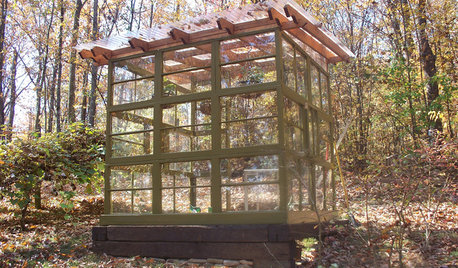
GARDENING AND LANDSCAPINGSee a Family Greenhouse Grown From Scraps
Can-do resourcefulness and less than $400 lead to a new 8- by 8-foot home for plants on a Tennessee family's property
Full Story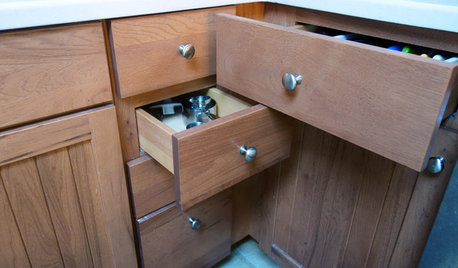
FUN HOUZZ10 Truly Irritating Things Your Partner Does in the Kitchen
Dirty dishes, food scraps in the sink — will the madness ever stop?
Full Story
KITCHEN DESIGN6 Ways to Rethink the Kitchen Island
When an island would be more hindrance than help, look to these alternative and very stylish kitchen setups
Full Story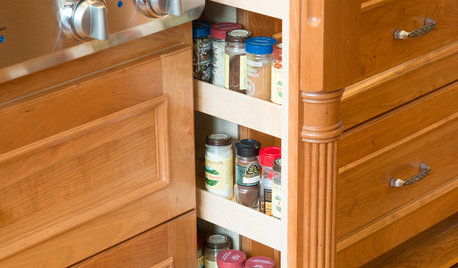
KITCHEN STORAGEHow to Add a Pullout Spice Rack
Keep spices neat and free of kitchen grime by giving them a well-organized home in your cabinets
Full Story
GARDENING GUIDESHouzz TV: Make a Worm Bin for Rich Soil and Happy Plants
A worm-powered compost bin that can fit under a sink turns food scraps into a powerful amendment for your garden. Here’s how to make one
Full Story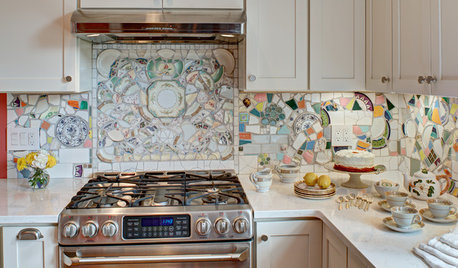
MOST POPULARKitchen of the Week: Broken China Makes a Splash in This Kitchen
When life handed this homeowner a smashed plate, her designer delivered a one-of-a-kind wall covering to fit the cheerful new room
Full Story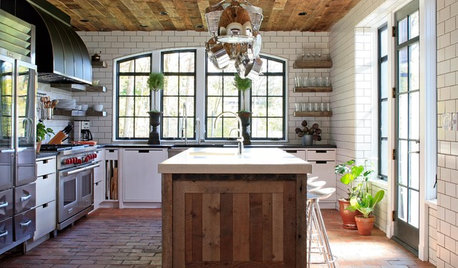
KITCHEN DESIGNWhat to Know About Using Reclaimed Wood in the Kitchen
One-of-a-kind lumber warms a room and adds age and interest
Full Story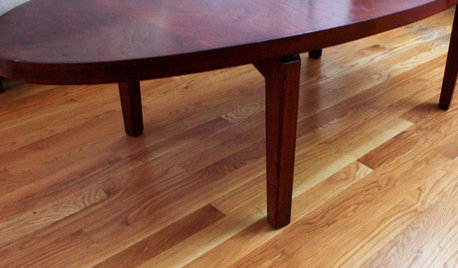
HOUSEKEEPINGFurniture Clinic: Quick DIY Glides for Sofa, Chair or Table
Smooth things over between your furniture and floor with easy glides cut from leather scraps
Full Story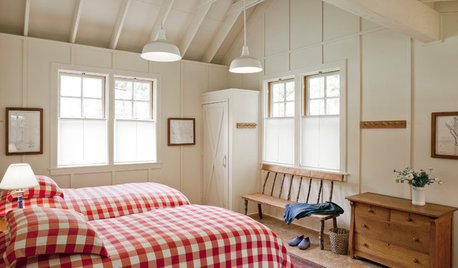
BEDROOMS12 Ways to Add Farmhouse Touches to Your Bedroom
Whether homespun, rough hewn or crafted from scraps, these elements evoke a simpler time
Full StoryMore Discussions








chickencoupe
greenepasturesOriginal Author
Related Professionals
Beachwood Landscape Architects & Landscape Designers · Lakeland Landscape Contractors · Kearny Landscape Contractors · Lemay Landscape Contractors · Mason Landscape Contractors · Muttontown Landscape Contractors · Ronkonkoma Landscape Contractors · Soddy Daisy Landscape Contractors · Whittier Landscape Contractors · Vadnais Heights Landscape Contractors · Cedar Falls Decks, Patios & Outdoor Enclosures · Glendale Decks, Patios & Outdoor Enclosures · Saint Louis Park Decks, Patios & Outdoor Enclosures · St John's Kirk Decks, Patios & Outdoor Enclosures · Windsor Decks, Patios & Outdoor Enclosuresgardenper
greenepasturesOriginal Author
luckygal
gardenper
greenepasturesOriginal Author
floral_uk z.8/9 SW UK
chickencoupe
plaidbird
greenepasturesOriginal Author
toxcrusadr
floral_uk z.8/9 SW UK
CinnamonTeale